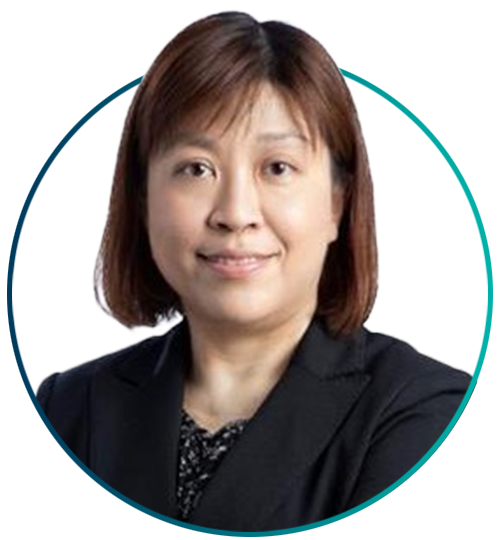CSC’s 2024 Distribution Waterfalls survey reveals a marked divergence in distribution waterfall calculation preferences and expectations between Europe, North America, and the Asia Pacific (APAC) region. As APAC’s influence in fund management grows, the demand for hybrid waterfall schedules is shaping the future of private fund reporting standards for both GPs and LPs.
Globally, there are two basic distribution waterfall calculation models in the private fund industry, European or American. Each calculation model will yield different results, which makes the correct classification and calculation of the relevant waterfall schedule critical.
How do LP expectations vary worldwide in terms of methods for distribution waterfall schedules?
CSC’s 2024 Distribution Waterfalls survey polled 200 GPs and LPs respectively worldwide to assess their position on which method should predominate – or if they expected a combination of both. Significantly, a vast majority of Asia Pacific LP respondents expected the industry to move towards a combination of both methods in calculating distribution waterfall schedules. This figure contrasted with an unsurprising home bias for LP expectations among European and American respondents.
LPs expecting private funds to move towards combination methods for distribution waterfalls schedules:
- Asia Pacific LPs 93%
- European LPs 13%
- North American LPs 3%
Meanwhile, 92% of North American LPs expected global private funds to standardize on the American model, and 79% of European LP respondents expected standardization on the European model.
What are GPs’ expectations around a combination of both methods?
The GPs polled in CSC’s 2024 Distribution Waterfalls survey echoed the positions and expectations of LPs. Most Asia Pacific respondents expected the industry as a whole to move towards a combination of both methods in calculating distribution waterfall schedules. North American GPs, however, appear more open to combination methods than their European peers, while North American LPs remain less receptive.
GPs expecting private funds to move towards combination methods for distribution waterfalls schedules:
- Asia Pacific GPs 89%
- European GPs 13%
- North American GPs 29%
How to manage complex waterfall structures
Given the growth of the private funds market in Asia Pacific, the expectations and needs of Asia Pacific investors should be key to future developments in private funds. Fund sponsors need to be ready to deliver distribution waterfall schedules that can meet their investors’ expectations. Both poll results and experience show that they need to be able to manage the complex and tricky combination approach, mixing both European and American methods, or outsourcing distribution waterfall calculation to expert third parties well versed in both.
As CSC’s 2024 Distribution Waterfalls survey shows, even GPs in North America, as one of the most mature and advanced private funds markets, are increasingly accepting the need for more complex, combined structures in distribution waterfall schedule calculations. Therefore, more fund sponsors are looking for the best solutions in enabling these calculation methods to serve their investors.
How CSC can help with waterfall management
CSC is uniquely positioned to support both GPs and LPs as they navigate the growing complexities of waterfall distribution modeling and calculations, whether North American, European, or a combination of both. With our industry expertise and dedicated resources across regions, we provide the transparency, accuracy, and operational efficiency that GPs need to enhance relationships with LPs while meeting regulatory requirements. Our tailored solutions help reduce the risk of errors, streamline complex fund structures, and ultimately build trust, giving both parties a competitive edge.
Ready to enhance operational efficiency with outsourced waterfall management? Download CSC’s Distribution Waterfalls 2024 report to stay ahead of compliance.
